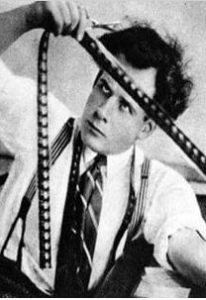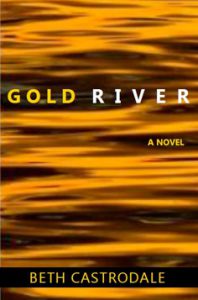 For novelists, a common bit of editing advice is “Kill your darlings.” That is, cut everything that doesn’t clearly advance the story, develop the characters, or provide essential insights or background—even if you adore these extraneous bits, even if they’re your personal favorites. This is good advice, and I’ve tried to follow it, usually after taking a break from the manuscript and getting input from trusted readers.
For novelists, a common bit of editing advice is “Kill your darlings.” That is, cut everything that doesn’t clearly advance the story, develop the characters, or provide essential insights or background—even if you adore these extraneous bits, even if they’re your personal favorites. This is good advice, and I’ve tried to follow it, usually after taking a break from the manuscript and getting input from trusted readers.
But what if a writer’s definition of “the story” is wider ranging than is typical? And what if the definition evolves over the course of drafting the novel or getting feedback from others? That’s the situation I found myself in while writing and revising the first draft of In This Ground, and it forced me to make some tough decisions about how to move forward.
In some ways, this challenge was built into my early vision for In This Ground, a vision I never broke with: that the novel would bring together the tales of people who are buried in the cemetery in which the novel is set or who have some other business there. In other words, the novel would be a story of a community, with the linchpin of that community being the protagonist: rockstar-turned-gravedigger Ben Dirjery. While wrestling with his own demons, Ben tries to do his best by everyone connected to the cemetery, living or dead, and he regards the place as sacred ground.
In my first draft, while trying to keep Ben and his struggles at the center of the novel, I sought to tell the stories of other members of the cemetery community, and to ultimately connect their stories to Ben’s. And I started describing In This Ground as a novel-in-stories, in the vein of Elizabeth Strout’s Olive Kitteridge, in which the threads of various stories are also brought together by a central character.
Then an editor set me straight. In his response to my manuscript, he noted that writing stories that can both stand on their own and come together “to make more than the sum of their parts” is no easy feat—something that, to his mind, my draft wasn’t achieving. As I delved into his comments on the manuscript, I saw that he was right. Referring to his suggestions about plot strands that might be pruned or expanded, I was able to let the in-stories aspect go and transform the draft into a cohesive novel, one that was more fulfilling than the original work. This required me to make some tough decisions about cuts, then follow through on them.
This didn’t mean that I got rid of every story that didn’t include Ben. Instead, I tried to figure out the most important narrative arcs for him and the larger community of the cemetery and make sure that these were fully developed through relevant sub-stories. Storylines that weren’t clearly relevant had to go. (One darling I killed was the story of an insurance salesman who is struggling to overcome grave phobia in time for his mother’s burial. Should you wish to read part of his story, here it is.)
At the end of this process, I asked the kinds of questions I ask myself after the final revision of every novel and story: Might there have been a better, less agonizing way to figure all this out? One that didn’t require months of rethinking and extensively rewriting the manuscript? Might a better writer than I have pulled this off in two or three drafts instead of six or seven? This time, as before, my answers varied with my mood and level of confidence: Probably. Maybe. Who the hell knows? In the end, I was pleased with the results, and I’d like to think that there were some greater benefits to the mental gymnastics I had to perform: they taught me some new lessons about story structure, and each time I worked through a problem with the novel, it sure felt good.

Beth, I simply devoured your article. I am into my book’s second draft and really appreciate how you went about “killing your darlings.” Seldom do I find what I call “down into the guts” info which shows and draws word pictures that a novice can understand. So many craft books instruct in such ways that leaves a novice asking: what in the heck is she saying? Thank you very much!! I’m already thinking, save that article for a craft book for beginners, Beth!!
I have your book but have not gotten into it yet. I am now working on two, so you know where I’m spending any time I can wring from each day. I think I’ve decided on a editor, but still unsure. Would you feel free to recommend your editor. I like the words you used to describe his thoughts on your work. At this time I am planning to use the self-publishing firm: Bookbaby to publish my book. They offer editor services but are terribly expensive. I know I can find a good editor without breaking the bank.